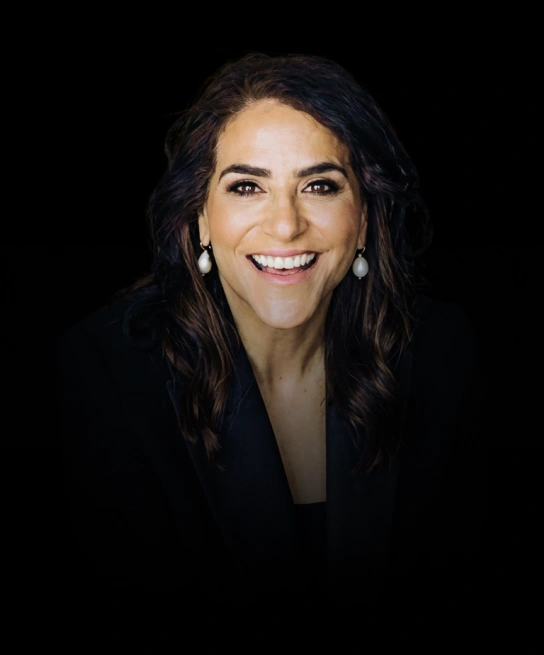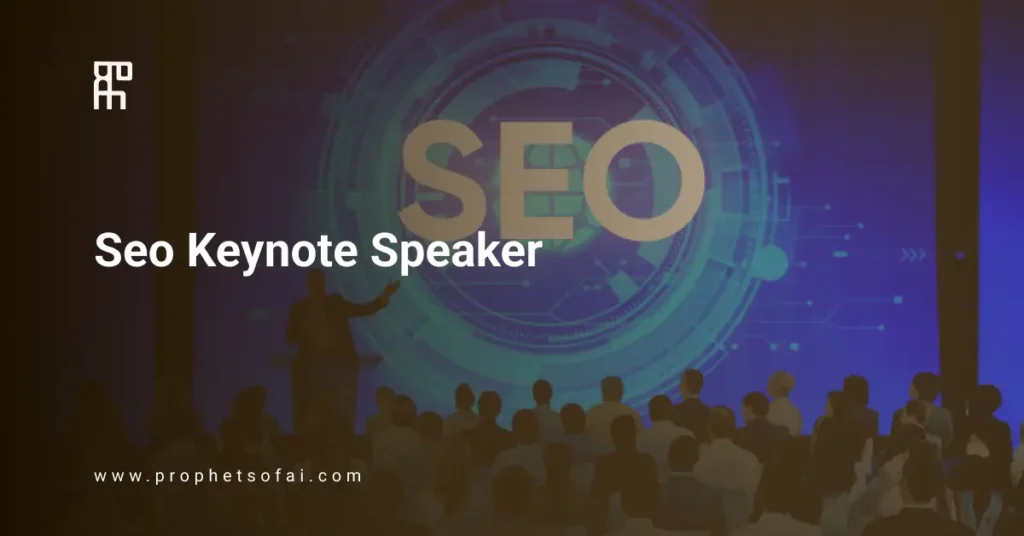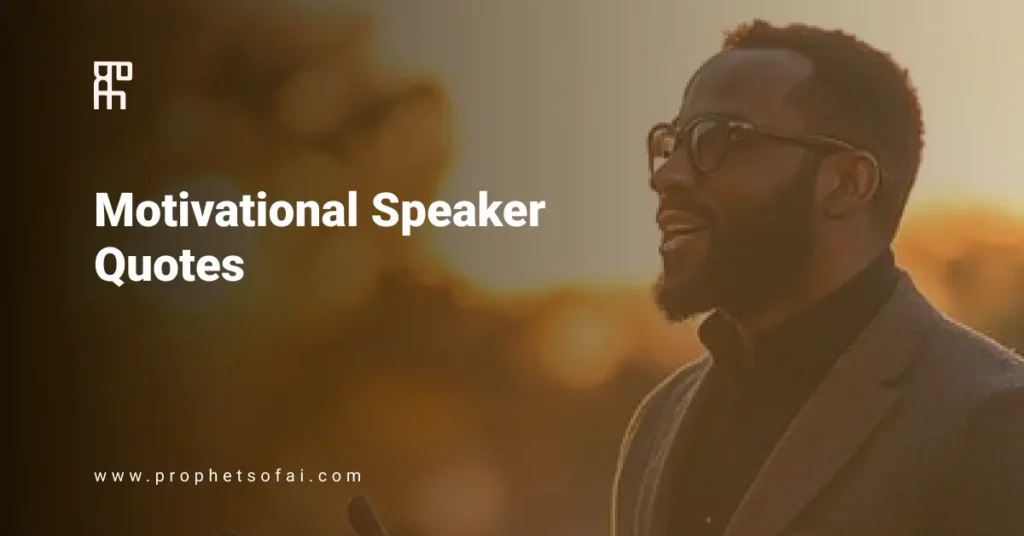future voices
Meet
Our Speakers
From pioneering researchers and entrepreneurs to embodied AI systems that speak for themselves — our speakers redefine what it means to take the stage.
Topic
Fee Range
Location
Gender

Maha Abouelenein
- Free intro call
Maha Abouelenein, a strategic communication expert and USA TODAY bestselling author, transforms communication strategies for global giants and high-growth startups as CEO of Digital and Savvy. With three decades of experience bridging Western and Arab worlds, she delivers compelling keynotes on personal branding, storytelling, and self-reliance that captivate audiences across industries.
Travels from
MN, Wayzata
Speaker fee
$100000-$200000

Samantha Tauber
- Free intro call
Founder and Director of VNCCII, Samantha Tauber is a pioneering multimedia artist and metaverse expert who embodies her digital avatar character—a Super Sentient AI Superheroine from the future. A Fellow of the Royal Society of Arts and Top 100 Women of the Future, Samantha has revolutionized immersive entertainment by blending music, storytelling, and cutting-edge technology including AI, motion capture, XR, and Unreal Engine. Winner of the Music Metaverse Award and Top Chief Metaverse Officer of the Year, she has performed at prestigious events from the World Economic Forum to Web Summit. Her novel Galacta.i.ssance will be sent to the Moon in 2025 via NASA’s mission. A sought-after keynote speaker on futurism, AI, and the future of multimedia entertainment.
Travels from
London UK
Speaker fee
Contact Us

Diana Wu David
- Free intro call
Diana is Director of Futures at ServiceNow’s Innovation Office in New York City, developing foresight capabilities for executives and customers. Ranked among the world’s leading futurists by Global Gurus and a top 50 future of work expert, she’s an international keynote speaker and certified C-suite advisor who helps leaders prepare their organizations for disruption. A former Financial Times executive, she founded and led Future Proof Lab before joining ServiceNow. She’s the best-selling author of Future Proof: Reinventing Work in the Age of Acceleration (Inc. magazine’s Top 10 Innovation book) and writes about AI, web3, and demographic change for Harvard Business Review, Fast Company, Inc., and Nikkei. She began her career as an assistant to Dr. Henry Kissinger.
Travels from
Hong Kong
Speaker fee
Contact Us

Matt Lewis
- Free intro call
Leading AI visionary and healthcare innovation expert, Matt Lewis is the Founder and CEO of LLMental, a digital mental health platform leveraging AI for wellness solutions. Former Global Chief Medical Analytics and Innovation Officer at Inizio Health, Matt is recognized as a LinkedIn Top AI Voice and international keynote speaker. He serves as Co-Chair of the ISMPP AI Task Force and authored MAPS’ Generative AI White Paper. With 25 years in life sciences, Matt bridges technology and healthcare, pioneering the integration of AI in medical affairs, clinical research, and patient care. His expertise spans generative AI, machine learning, and the human-centric application of AI in healthcare, making him a sought-after thought leader for advancing ethical AI deployment in medicine.
Travels from
New York US
Speaker fee
Contact Us

Eric Siegel
- Free intro call
Dr. Eric Siegel is a leading consultant and former Columbia University professor who helps companies successfully deploy machine learning.
Travels from
San Francisco US
Speaker fee
Contact Us

Carvajalino Sisters
- Free intro call
The Carvajalino Sisters—Daniela, Karen, and Stephanie—are Colombian entrepreneurs and educators known for founding Biz Nation, an e-learning platform empowering Latin American youth with business and tech skills. They also lead Cartagena International School, a pioneering K-12 institution focused on entrepreneurship and financial education, and created Biz Fest, Colombia’s largest youth entrepreneurship festival. Recognized globally, their mission is to transform education and drive economic growth in Latin America through innovation and empowerment.
Travels from
Varied
Speaker fee
Contact Us
Your stage, their voice.
From pioneers to embodied AI, we’ll help you find the right fit.


